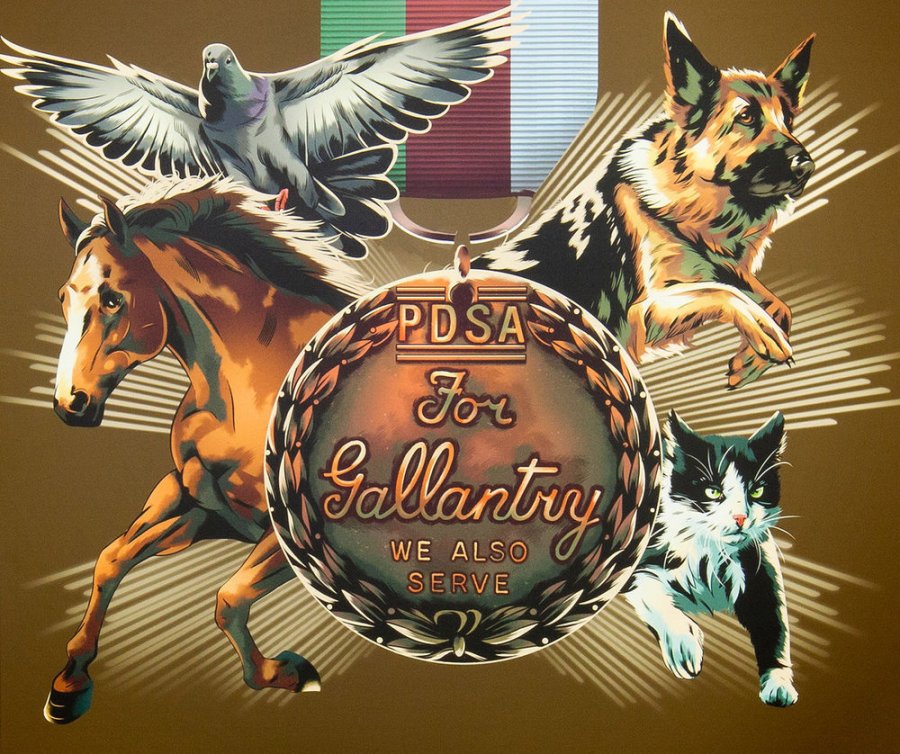An exhibition honouring hero horses from World War I and II is on display this half term at the National Army Museum in Chelsea, London.
The exhibition honours the incredible animals who have received the PDSA Dickin Medal, in recognition of the vital, life-saving roles they played.
Sgt Reckless
The Korean War included some of the fiercest combat in military history. Originally bred as a racehorse, Sgt Reckless – called after the nickname used for the ‘Recoilless Rifle’ she carried ammunition for – joined the Anti-Tank Division of the US Marines in October 1952.
She completed gruelling missions in mountainous terrain and often freezing conditions. Despite constant enemy fire and numerous hazards, including shell craters and barbed wire, Reckless carried out her duties and quickly became a much-loved, morale-boosting comrade.
During the Battle of Outpost Vegas in March 1953, she made 51 supply trips to the frontline in five days – carrying more than 386 rounds of ammunition weighing around five tonnes in total – through steep mountains and open paddy fields. Constantly under fire and facing up to 500 rounds per minute, Reckless was wounded twice.
She bravely transported multiple casualties to safety on her return trips. After loading up with ammunition, she repeated the process: again, and again and again. How many lives she helped save is unknown.
On 15 June 1957 she was promoted to ‘Sergeant Reckless’ in recognition of her combat record. She was posthumously awarded the PDSA Dickin Medal on 27 July 2016.
Warrior
Known to many as ‘the horse the Germans couldn’t kill’, Warrior’s story is one of the most remarkable tales of animal bravery and endurance to emerge from the Great War.
General Jack Seely left his home on the Isle of Wight in 1914 to take command of the Canadian Cavalry Corps. His beloved horse Warrior, a thoroughbred stallion, travelled to the Western Front with him. Over the next four years, Warrior witnessed the full horror of war during major battles, including the first day of the Battle of the Somme and the muddy hell of Passchendaele.
Trapped in burning stables twice, buried in rubble and mud, and regularly subjected to intensive attack from machine guns and mortar shells, Warrior survived it all. In March 1918 he led a cavalry charge against the Germans at Amiens, which proved to be one of the most crucial battles of the whole campaign and helped bring the end of the conflict closer.
Warrior was posthumously awarded the Honorary PDSA Dickin Medal on 2 September 2014 to mark 100 years since the start of the Great War. The only recipient to pre-date the Medal’s institution in 1943, he received the Medal on behalf of all animals that served.
Emma Harper, head of exhibitions at the National Army Museum, said: “We are very excited to host part of PDSA’s debut exhibition this half term which provides a fantastic opportunity to bring to life the stories of the hero horses who played such a vital role during times of conflict around the world.
“We hope people will go away with a greater understanding of the incredible role that horses and animals have played in war.”
Don’t miss the latest issue of Your Horse Magazine, jam-packed with training and veterinary advice, horse-care tips and the latest equestrian products available on shop shelves, on sale now.









